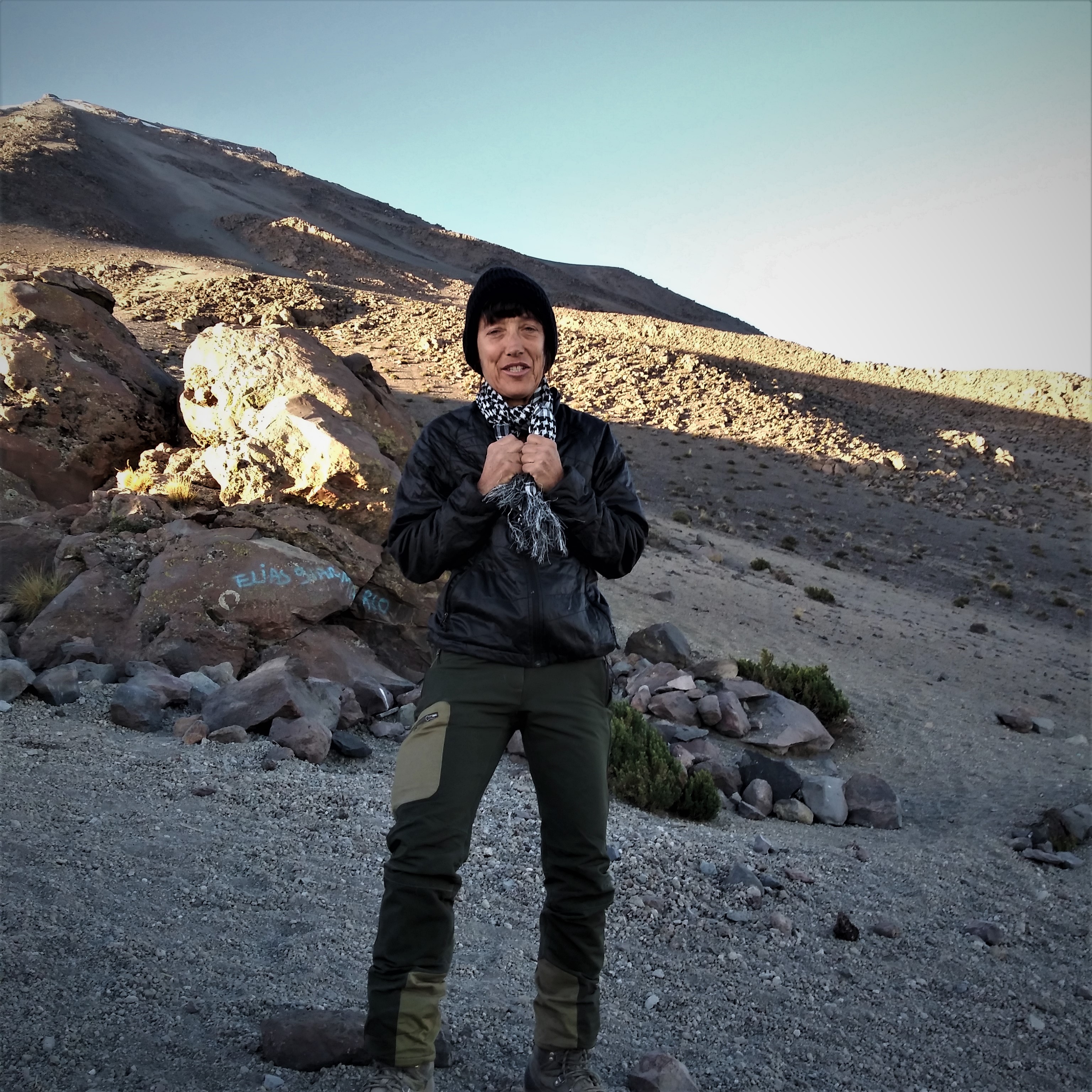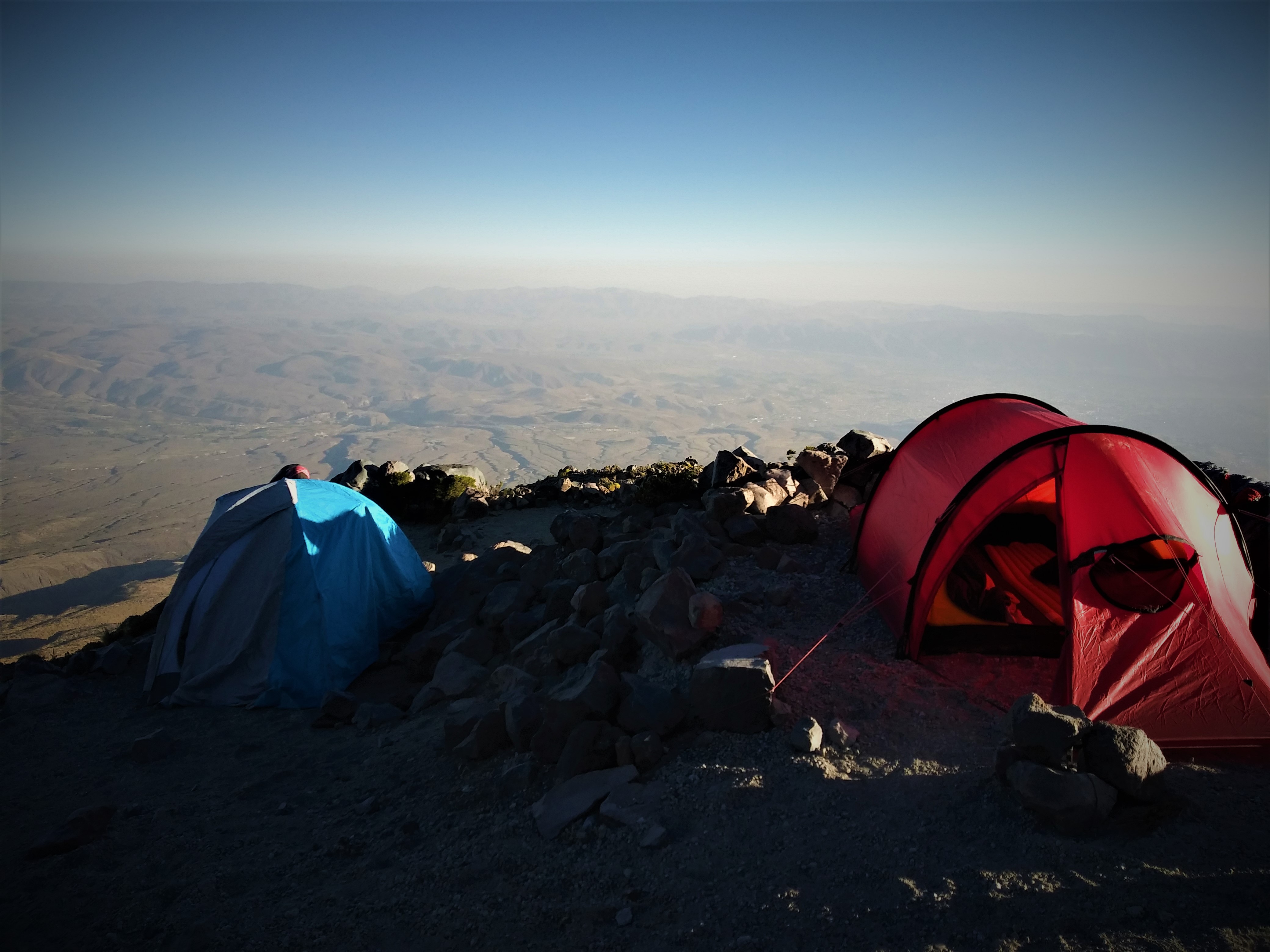El Misti in Arequipa - Just In Case You Think It's a Casual Hike Up a Volcano
Shared By: Desiree Rose - 8/5/2019
Page Admin: Desiree Rose
Arequipa
Season: June-August
Adventure: High Altitude Hike
Culture:
Cost : $70.00
Family Friendly : Yes
Description
The City:
First of all, Arequipa is a beautiful and cosmopolitan city; it is one of my favorite cities in Peru. There is everything there for the pampered traveler, even a Starbucks.
The city's motto is "Clean and White", and it is. The Plaza de Armas centers around a stunning church built in the 16th century, a fine contribution from the Spanish conquistadors.
All the older buildings are constructed with bricks made from the white ash of the volcanoes that border Arequipa - the three most famous being Chachani, Pichu Pichu, and El Misti.
There is no shortage of things to do here. Tourists agencies abound. They offer numerous excursions at fair prices. There is everything from the Canon de Colcas, to white water rafting, to walking tours of the city itself. I chose to hike up the Misti volcano; I had no idea what I signed up for.
The Excursion:
The chauffeur from the agency picked me up at 8:30 am. (It was actually around 9:00, but that's just Peru time. Most things seem to run just a bit late here.)
Anyway, he takes me to a hostel, where preparations are underway. My hiking partners are Rick, Nicole, and Elroy three delightful students from the Netherlands. There is also a gent named Jen, a wonderful exchange student from South Korea. Finally, I am introduced to Frances, our strong and capable Peruvian guide. Everyone in the party, with the exception of yours truly, is under 26 years old. It became really relevant; however, I thought nothing of it at the time.
After the introduction and the pleasantries, the lovely lady from the travel agency begins to distribute the gear. We are given snow pants, ski jackets, scarves, gloves, heavy duty boots, sleeping bags, head lamps, and tents. We are responsible for carrying our own gear. Mine barely fits in my pack, which translates to heavy - uber heavy. She also reminds us that in addition to all this, we need at least five liters of water. I pack only four liters and two beers - big mistake.
We are then taken to the base of the volcano Misti. The time is about 12 noon; this is where all the fun begins. It's hot at the base, and I think I mentioned that the packs are super heavy. We all saddle up and begin the hike up to base camp. Base camp is at 4,700 meters or 14,100 feet.
The trek to base camp takes between four and five hours. It's steep, it's sandy, and there are far too many huge rocks to negotiate. We hike for an hour and rest, then another hour and another rest. The last bit of the hike is so challenging, that we rest every half hour. This goes on for several hours. I am tired and moaning. Frances, our guide, informs us that this is the easy part. Tomorrow, he warns, is hard. (He was not lying.)
We finally arrive at base camp, just before sundown. It's cold and getting colder by the minute. There is a German couple there. They look strong; they have no guide. All I feel like doing is lying down and dying. But we are advised to pitch our tents by nightfall, which translates to immediately. I have no idea how to put a tent together. The kind, strong, German gentleman helps me.
Night begins to fall and so does the temperature. It is now below freezing. I am happy to have all the many layers of clothing I had packed. Presently, our guide comes around; he needs two liters of water from each of us for dinner. Who knew? Recall that I had only packed four liters (and two beers). I drank two liters on the way to base camp. When you do the math, this leaves me with no water for the hike to the summit. I beg him to let me keep one liter, and after some dickering, we compromise on a half. I have a half liter for the summit hike the following day.
To my delight, Frances uses the water to make a delicious dinner, perhaps the best meal I have ever eaten. It is a simple vegetable soup and pasta, and it is tasty. By the way, dinner takes quite a long time to make. At high altitudes, water boils at higher temperatures; therefore, food cooks more slowly.
After dinner, we are told to get some rest because breakfast will be at 1:00 am and the hike starts at 2:00. By then, the sun had completely set. It is pitch black, and the stars are profound. You can see the Milky Way spread out against the sky. Sleep comes easily.
To my dismay, 1:00 am arrives much too soon. I put on all the many clothing layers I have and meet the others for a breakfast of coffee, bread, and jam. Then, we leave.
We start up the volcano, headlamps illuminating the path before us. Each step is either one on soft and slippery sand - or, worse, a high step, negotiating some large and unfriendly boulder. We hike an hour and rest.
It is cold - no, really cold. Yet when you are hiking, you overheat. Jen, the Korean exchange student remarks that it feels like a sauna. I have to agree. When you rest, the frigid cold becomes completely apparent, as your fingers and toes start to burn with numbness.
Then we hike another hour followed by the extremely welcome, yet oddly unpleasant rest. By this time, we are up past 16,000 ft. The whole experience is becoming excruciating, and I am falling behind. Like the previous day, the rests become more and more frequent - every half hour and then every 20 minutes. I am falling more and more behind. Finally at 16,800, the altitude gets the best of me and I turn back, leaving my youthful teammates to reach the summit.
The Lesson Learned:
As I sit in the comfort of my cozy hotel room and reflect upon the experience, I am convinced that high altitude hikes are not for sissies - or ever normal folks like myself. This was not the casual adventure that I had anticipated. And even though I loved the experience, I felt every second of my misspent youth. This is one to take seriously,
Photos
-

Yours Truly at Base Camp
-

Base Camp


Walter Rose
Very well written. I know what kind of physical shape you're in... it must have been one hell of a hike. That kind of altitude can get the best of just about anybody that's not used to it. Glad you made it back!